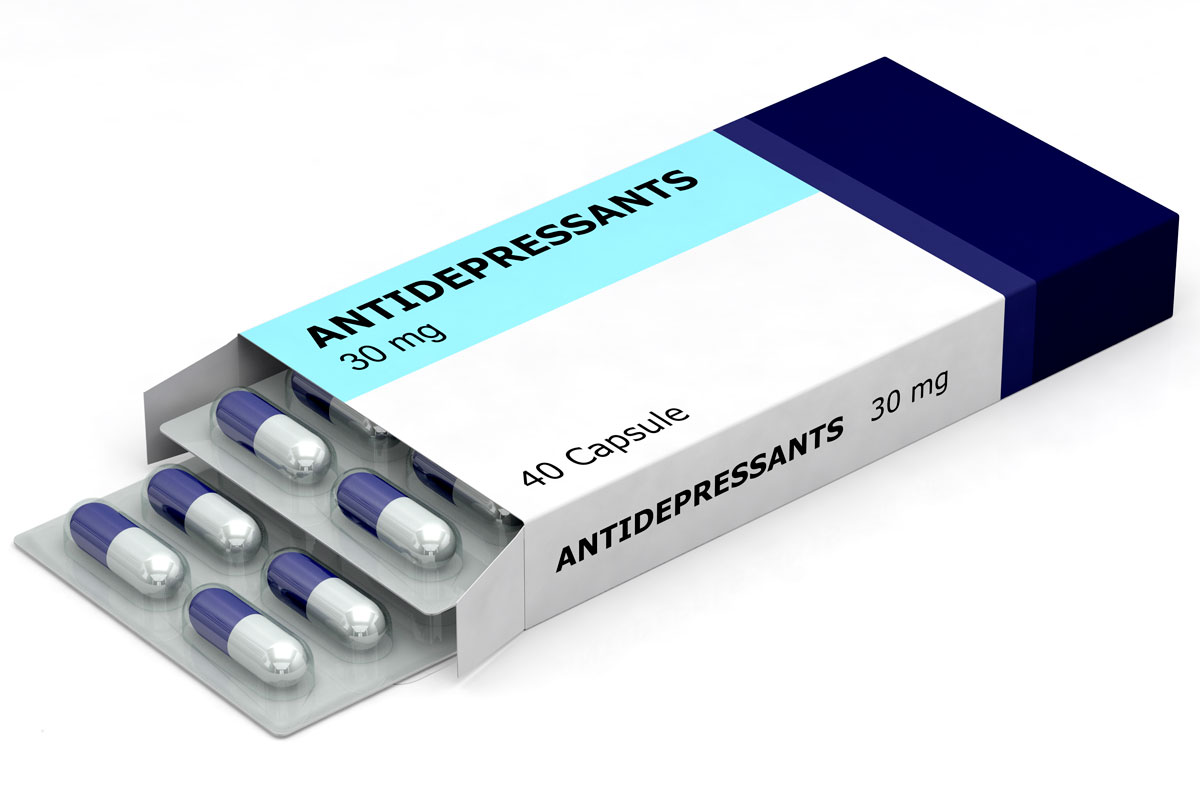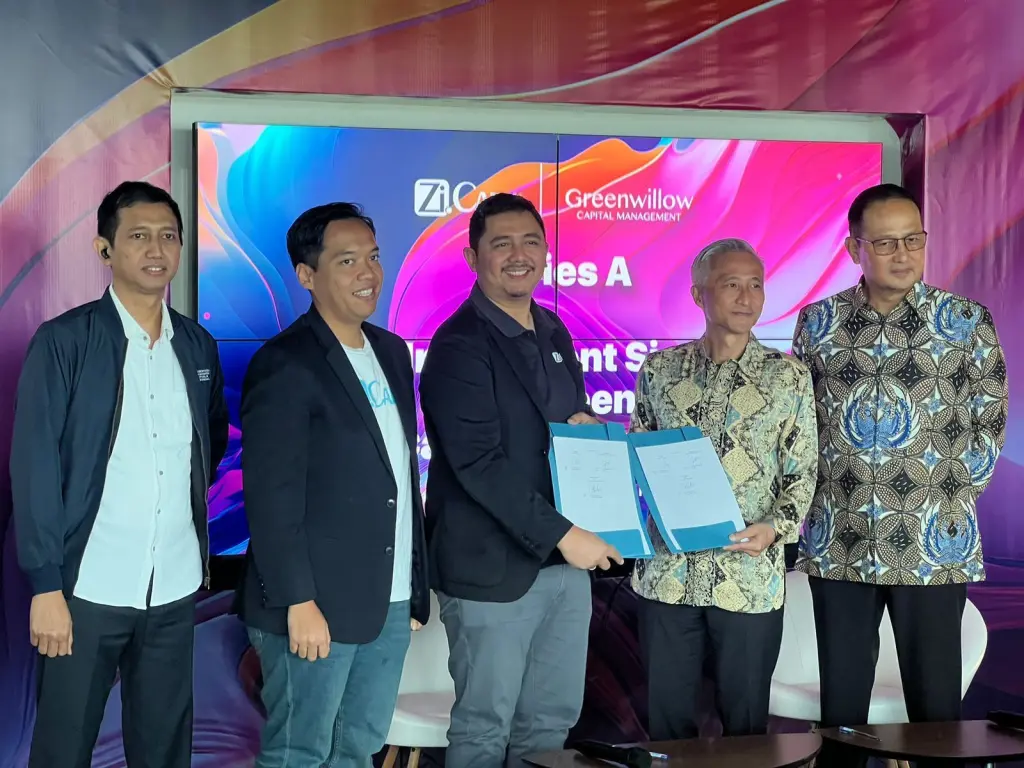Assessment findings guide the care and services to be provided by all the patient’s health care practitioners, including the doctor and/or nurse. The findings are then normally documented in the patient’s medical record.
Likewise, reassessment by a doctor are also documented in the patient’s medical record. I had posted about the need to document reassessment into the patient’s medical record as defined in organisation policies and procedures for thirteen (13) situations in the post Reassessment of all patients and results are always entered in their medical records (this link will open in a new tab of your current browser window), the thirteenth situation been when dying patients and their families are assessed and reassessed according to their individualised needs by evaluating and managing their symptoms and preventing complications to the extent reasonably possible in the care of these dying patient to optimize his or her comfort and dignity.
When patients are at the end of life, these dying patients including their families or indeed anyone else actually connected with the patient are then assessed and reassessed to identify the patients’ and families’ needs, i.e end-of-life issues. Assessments and reassessment are carried out to evaluate the patient’s condition such as symptoms of nausea and respiratory distress and to identify factors that seem to alleviate or exacerbate the physical symptoms, the patient’s current symptom management and the patient’s response.
Thus the medical record of a dying patient should contain documentation on symptoms like nausea and respiratory distress and whatever factors that are alleviating or exacerbating these physical symptoms.
Also to be found in the medical record of a dying patient will be documentation on assessments on both the patient’s and family’s individualised needs including evaluations to record the following :
- spirituality – it would be much more difficult to anticipate the spiritual needs of a patient and family from a culture unfamiliar to you, so better understand what is the patient’s and the surrounding family members’ dominant religion and views regarding the meaning and purpose of life and, as appropriate, any involvement to a religious group and what are their spiritual concerns or needs, such as despair, suffering, guilt, or forgiveness, thus the need to work within the patient’s and the patient’s family cultural belief system by hearing the patient and his or her family and the patient’s daily experiences; culturally based care i.e transcultural nursing according to Madeleine Leininger who was a nursing theorist, nursing professor and developer of the concept of transcultural nursing, contributes to healing (health), well-being, and helping patients who face dying or death
- their psychosocial status, such as family relationships, the adequacy of the home environment if care is provided there, coping mechanisms
- the patient’s and family’s reactions to illness since the patient will experience significant loss as a result of the health alteration when recovery from illness is incomplete; as a result many people (patient and/or family) may direct that anger towards health-care personnel because they have no control over the situation already as the loss begins to sink in but when finally, the patient and family come to terms with the loss, they will begin making plans for the future
- the need for support or respite services with the challenges of caring for the dying by the caregiver(s)
- the patient’s need or request from the patient’s family for, an alternative setting or level of care
- any survivor risk factors, such as family coping mechanisms and the potential for pathological grief reaction
The above documentation requirements in a medical record of a dying patient are required more so if you as a Health Information Management (HIM) / Medical Records (MR) practitioner manage such medical records in a hospital which is already Joint Commission International (JCI) accredited or seeking JCI accreditation status or undergoing re-survey for JCI accreditation status, when your hospital will need to fully comply with the JCI Standard AOP.1.9 which states that “Dying patients and their families are assessed and reassessed according to their individualized needs.” The three (3) Measurable Elements of Standard AOP.1.9 will be measured through the Medical Record Review Tool (MMRT).
Medical records documentation of dying patients is not just to comply with an accreditation body like the JCI. The filing of the medical record about end-of-life concerns about the amount of information which might be submitted within the medical record which will then be subject to scrutiny irrespective of whether that scrutiny included any authorised investigatory agency. Although a doctor may believe that he or she may not have done nothing wrong, he or she will fear the process of investigation of deaths (Stephen 2012), under a death reporting system.
As a diversion to end-of-life issues, medical records of a not-dying patient, Hilly Boscher from the Netherlands is worthy of mention when in the Chabot case (Stephen 2012), a psychiatrist named Chabot helped this patient to die who was NOT terminally ill i.e NOT a dying patient. In this case, she (Hilly) had been suffering from grief as a result of losing both of her children. Dr Chabot diagnosis was : ‘an adjustment disorder consisting of a depressed mood, without psychotic signs, in the context of a complicated bereavement process’. Hilly had refused all anti-depressants and bereavement counselling. However, Chabot was not convicted by the Dutch Supreme Court on the ground that (Stephen 2012 p.288) “there was no requirement that suffering is terminal or physical”. My point is, seven (7) other psychiatrists had examined her medical records and had agreed with Chabot’s diagnosis, so do you agree that there is the greater need for greater detail in medical records documentation in the case of a dying patient?
References:
- Joint Commission International, 2010, Joint Commission International Accreditation Standards For Hospitals, 4th edn, JCI, USA
- Joint Commission International, 2010, Hospital Survey Process Guide (HSPG), 4th edn, JCI, USA
- Stephen, WS 2012, End-of-Life Decisions in Medical Care Principles and Policies for
- Regulating the Dying Process, Cambridge University Press, Cambridge, United Kingdom
- Pamela, MS & Linda, N 2010, Communication for nurses : how to prevent harmful events and promote patient safety, F. A. Davis Company, Philadelphia, PA, USA






























